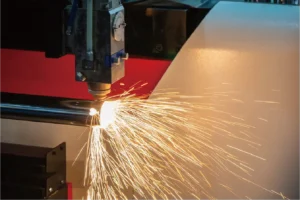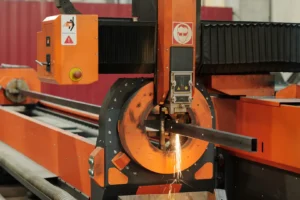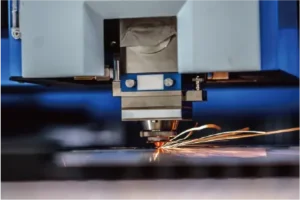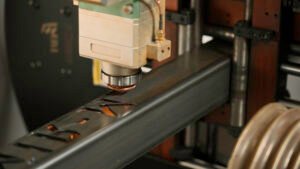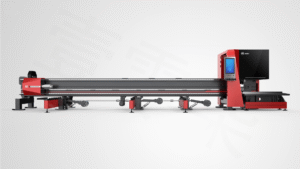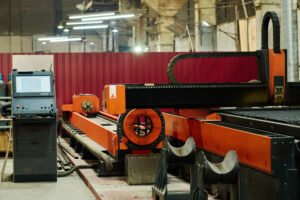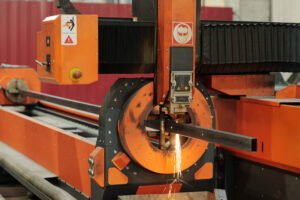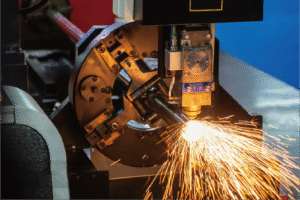Innovative Solutions to Enhance Efficiency in Cutting Processes
Stagnant cutting processes are hurting your bottom line. Old tech is slow, wasteful, and requires extensive training. I've seen it firsthand. We offer a path to streamlined and future-proof operations.
Innovative solutions enhance cutting efficiency by integrating user-centric design with advanced technology. Systems like No-CAD operation, automated front-feeding, and zero-waste cutting logic directly address bottlenecks in skill, labor, and material usage, leading to significant cost savings and a stronger competitive edge.
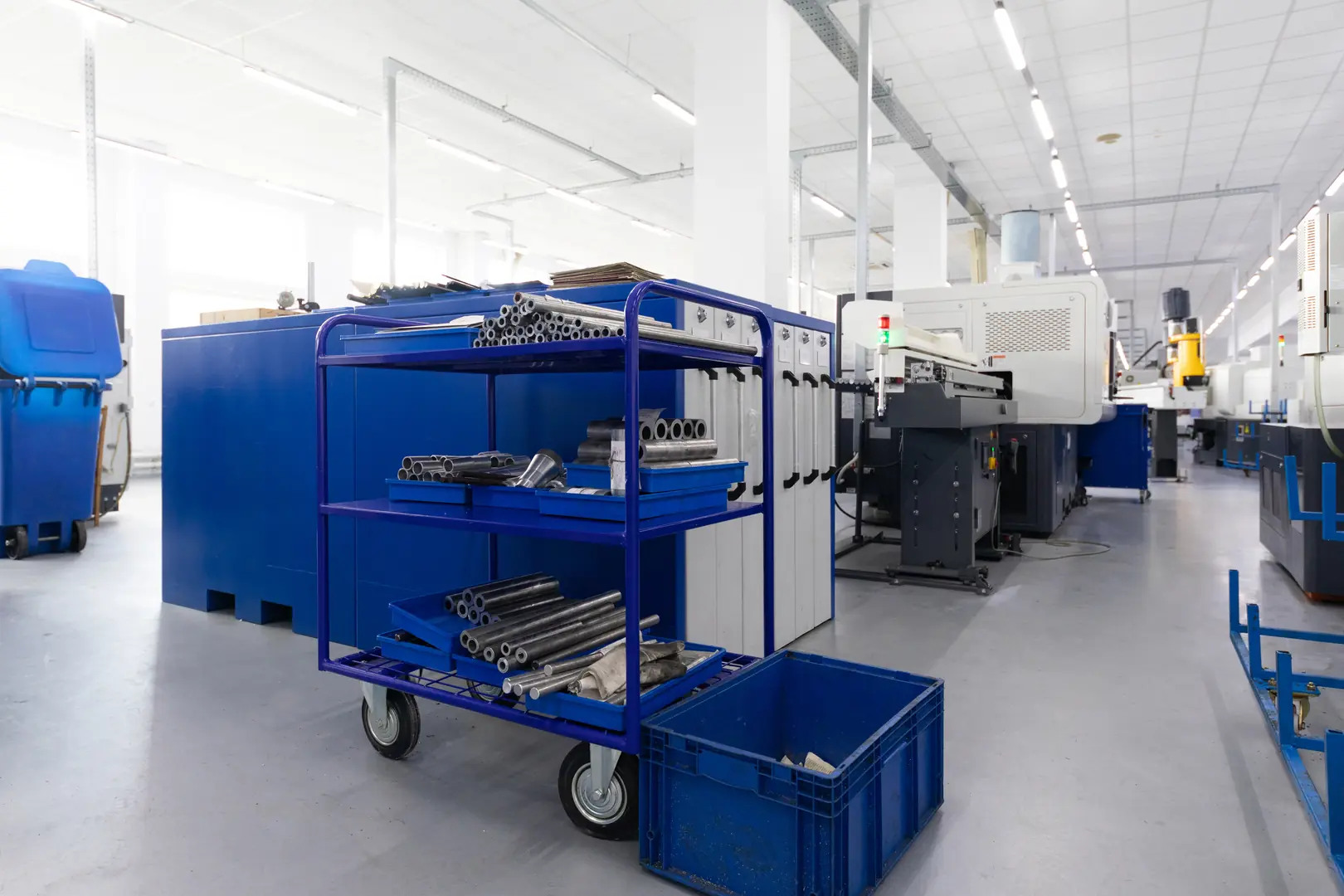
For years, I've watched companies invest heavily in machines that promise faster cutting speeds, only to see their overall productivity remain flat. The truth is, the cut itself is often not the problem. The real bottlenecks—the profit killers—are hidden in the steps before and after the laser ever fires. In this article, I'll break down where those inefficiencies lie and introduce some groundbreaking solutions that are changing the game by focusing on the entire workflow, not just one part of it. Let's dive in.
What Are the Current Cutting Process Technologies?
Your factory likely uses various cutting methods, but are they truly modern? Relying on outdated tech can feel like running in place. Let's review the landscape to identify upgrade opportunities.
Current cutting technologies include traditional methods like sawing and plasma cutting alongside more advanced laser cutting. While laser cutting offers precision, many systems still rely on complex CAD programming and manual loading, which can create significant operational inefficiencies despite the advanced cutting head itself.
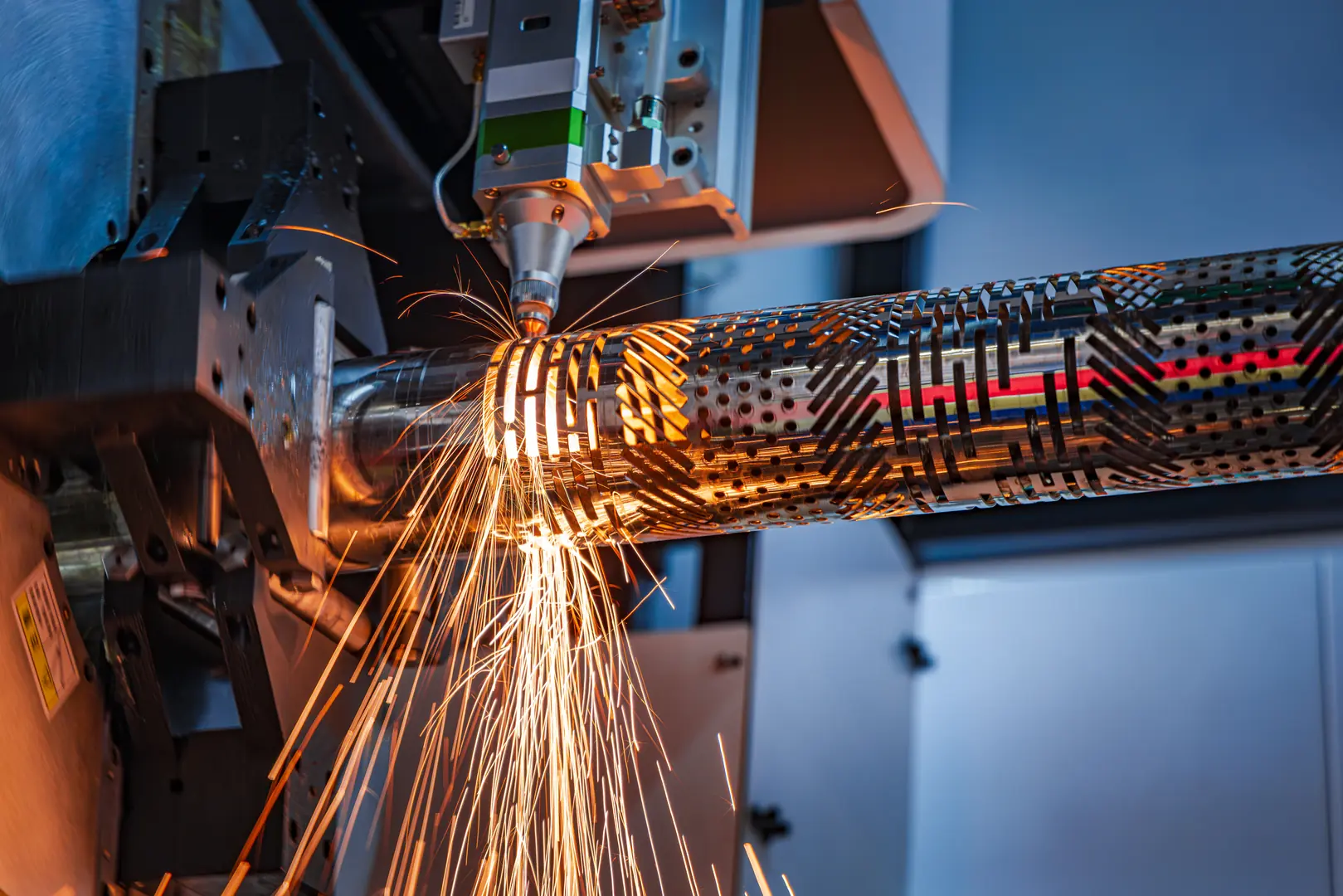
When I walk through a fabrication shop, I see a history of cutting technology. We started with mechanical methods like sawing—reliable but slow and often requiring secondary finishing. Then came thermal processes like plasma cutting, which offered more speed and versatility but sometimes sacrificed precision. Today, the industry standard for high-quality work is laser cutting. It’s fast, incredibly precise, and can handle complex geometries with ease. However, I’ve noticed a dangerous assumption taking hold: that simply owning a laser cutter automatically makes an operation efficient. The machine itself is only one piece of the puzzle. The surrounding processes—programming, material handling, and waste management—are where the real gains or losses in efficiency are made. Many modern machines are still tethered to old ways of thinking, requiring complex software and manual labor that create hidden bottlenecks.
How Efficient Are Modern Cutting Processes?
You've invested in modern machines, but are you seeing the promised ROI? Efficiency isn't just cutting speed. Hidden bottlenecks in setup and material handling are silently killing your productivity.
Modern cutting processes are highly efficient in terms of speed and precision during the actual cut. However, overall efficiency is often crippled by pre-processing steps like programming, manual tasks like material handling, and overlooked factors like material waste, which are frequently ignored in performance metrics.

Let’s talk about a metric I value highly: Overall Equipment Effectiveness (OEE). It measures real-world productivity, not just theoretical machine speed. A laser cutter might have a blazing-fast cutting head, but if it sits idle for 30 minutes between jobs while an operator searches for the right CAD file or manually loads a heavy bundle of tubes, its OEE plummets. I've seen this countless times. A company buys a state-of-the-art machine and is shocked when their output only increases by 10%. Why? Because they only upgraded the "cut" part of their process. The setup, programming, loading, unloading, and waste handling remained slow and labor-intensive. True efficiency accounts for the entire cycle time, from the moment a job is ordered to the moment a finished part is ready for the next stage. Below is a simple table illustrating where time is often lost in a typical "modern" cutting workflow.
| Süreç Adımı | Ideal Time | Realistic Time | Efficiency Loss Source |
|---|---|---|---|
| Job Programming | 5 min | 30-60 min | Waiting for CAD engineer, complex software |
| Malzeme Yükleme | 2 min | 10-15 min | Manual handling, side-loading systems |
| Machine Cutting | 10 min | 10 min | The only truly efficient part |
| Unloading & Waste | 2 min | 5-10 min | Manual part removal, tail material scrap |
As you can see, the machine's cutting speed is just one small part of a much larger, often inefficient, picture.
What Challenges Is the Cutting Industry Facing Today?
Skilled labor is scarce and expensive. Material costs are rising. The pressure to deliver faster and cheaper is immense. These challenges threaten your profitability and ability to compete effectively.
The cutting industry faces three core challenges: a severe skilled labor shortage, especially for CAD programmers; rising material costs demanding maximum utilization; and intense market pressure for faster turnarounds without sacrificing quality, pushing operational efficiency to its limits.
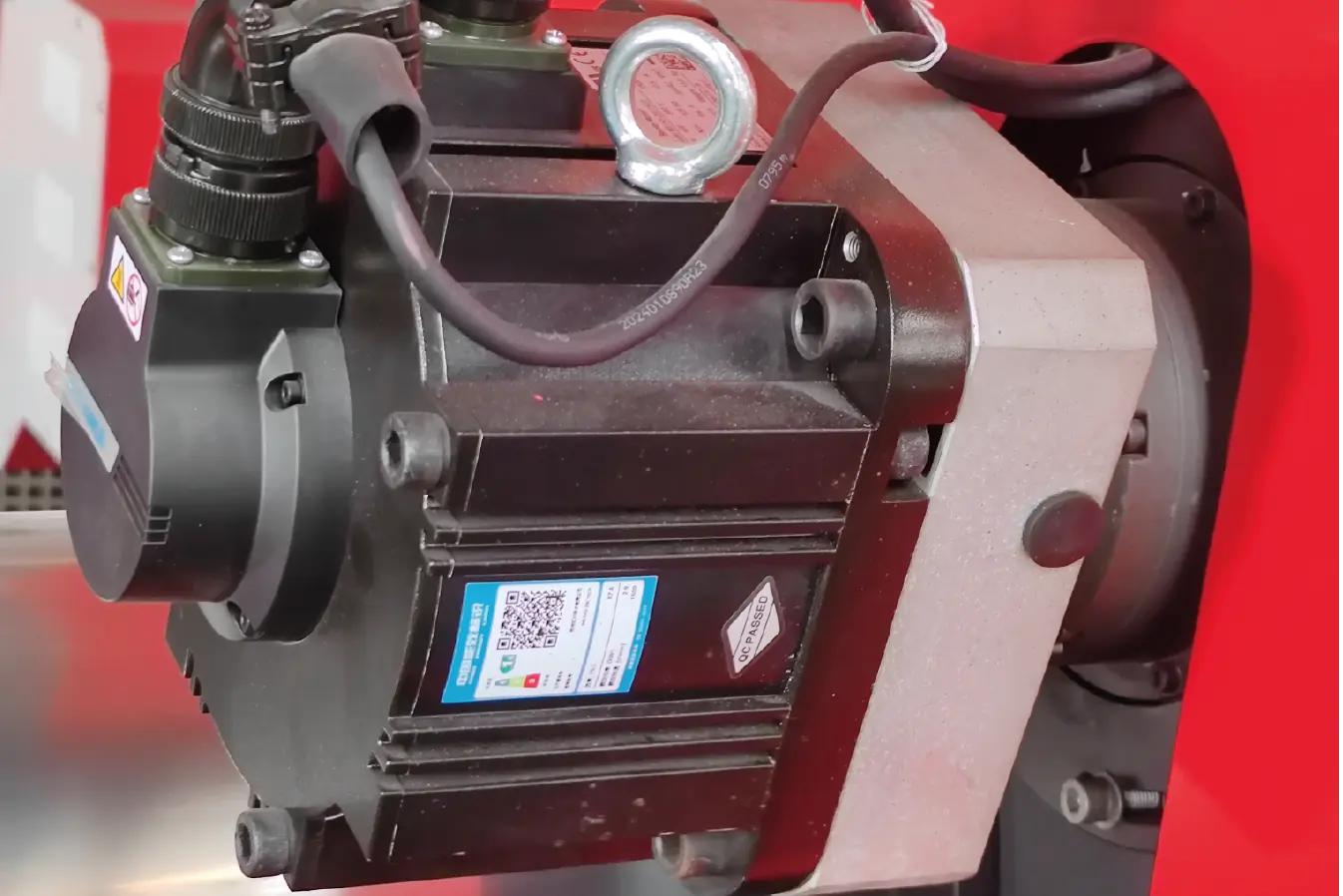
In my conversations with over 4,000 clients worldwide, from Southeast Asia to North America, the same three challenges come up again and again. They form a perfect storm that puts immense pressure on metal processing businesses.
The Skilled Labor Gap
Finding an operator who can both run a complex CNC machine and program it using 3D CAD software is becoming nearly impossible. The learning curve is steep, and training is expensive. I’ve seen factories where a million-dollar machine sits idle because the one person who knows how to program it is on vacation or sick. This dependency is a massive business risk. You need systems that your existing team can learn quickly and operate confidently.
The Material Cost Squeeze
Steel and other metal prices are volatile and generally trending upward. Every inch of scrap material, especially the "tail material" left at the end of a tube, is money thrown away. A typical machine might waste 100mm of material on every single tube. If you're cutting thousands of tubes a day, that adds up to a staggering financial loss over the course of a year. Maximizing material utilization is no longer a "nice-to-have"; it's essential for survival.
The Need for Speed and Agility
Customers want smaller batches, more customization, and faster delivery. The era of long production runs of a single part is fading. This means your setup time has to be near zero. If it takes an hour to program and load a job that only runs for 15 minutes, you're losing. Agility is the new currency, and it requires a workflow that is flexible, fast, and incredibly efficient from start to finish.
What Innovative Solutions Can Overcome Cutting Process Challenges?
The old ways of working aren't enough to solve today's problems. You need a paradigm shift. What if you could eliminate the bottlenecks instead of just managing them?
Truly innovative solutions tackle challenges at their source. By eliminating the need for CAD drawings, automating material handling from the front, and redesigning cutting logic to prevent waste, companies can directly counter the labor, efficiency, and cost pressures that define modern manufacturing.

For years at MZBNL, we've focused on solving these core challenges by rethinking the entire process. Instead of making a faster laser, we built a smarter, more integrated system around it. Our goal was to create a paradigm shift where simplicity and sustainability become the new benchmarks for performance. Here are the three pillars of our approach that directly address the industry's biggest pain points.
Solving the Labor Crisis with Our No-CAD System
We looked at the programming bottleneck and asked, "Why do you need a 3D drawing to cut a standard square, round, or rectangular tube?" The answer is, you don't. Our pioneering No-CAD system allows any operator to process standard tubes by simply entering the desired parameters—length, hole size, position—directly into the machine's interface. This reduces on-site training from a typical 15 days down to just one day. It empowers your entire team, breaks the dependency on specialized programmers, and gets your machine cutting faster.
Boosting Throughput with Front-Feeding Automation
We watched operators struggle with heavy bundles and inefficient side-loading systems. It was slow, physically demanding, and unsafe. Our solution was a fully automated Front-Feeding mechanism. It intelligently loads tubes from the front, increasing feeding efficiency by approximately 40% and, just as importantly, reducing operator labor intensity by a similar margin. This means one operator can often manage multiple machines, dramatically increasing your labor productivity.
Maximizing Profitability with Zero-Waste Cutting
We hated seeing that pile of tail material accumulate at the end of the day. It represented pure waste. By redesigning the machine's logic, we enabled it to start the cutting process from the rear chuck, which holds the end of the tube. This allows the machine to use every last inch of the material, completely eliminating tail waste. This isn't a small optimization; for many of our clients, it translates into tens of thousands of dollars in material savings annually.
What Are My Technological Recommendations for Improved Cutting Efficiency?
Choosing the right technology feels overwhelming, and making the wrong choice is a costly mistake. I'll provide a clear, actionable framework for evaluating and implementing new cutting solutions.
I recommend focusing on technologies that simplify, not complicate, your workflow. Prioritize systems with integrated automation, intuitive interfaces that reduce training time, and designs that inherently minimize material waste. A holistic approach to efficiency is key, not just focusing on cutting speed.
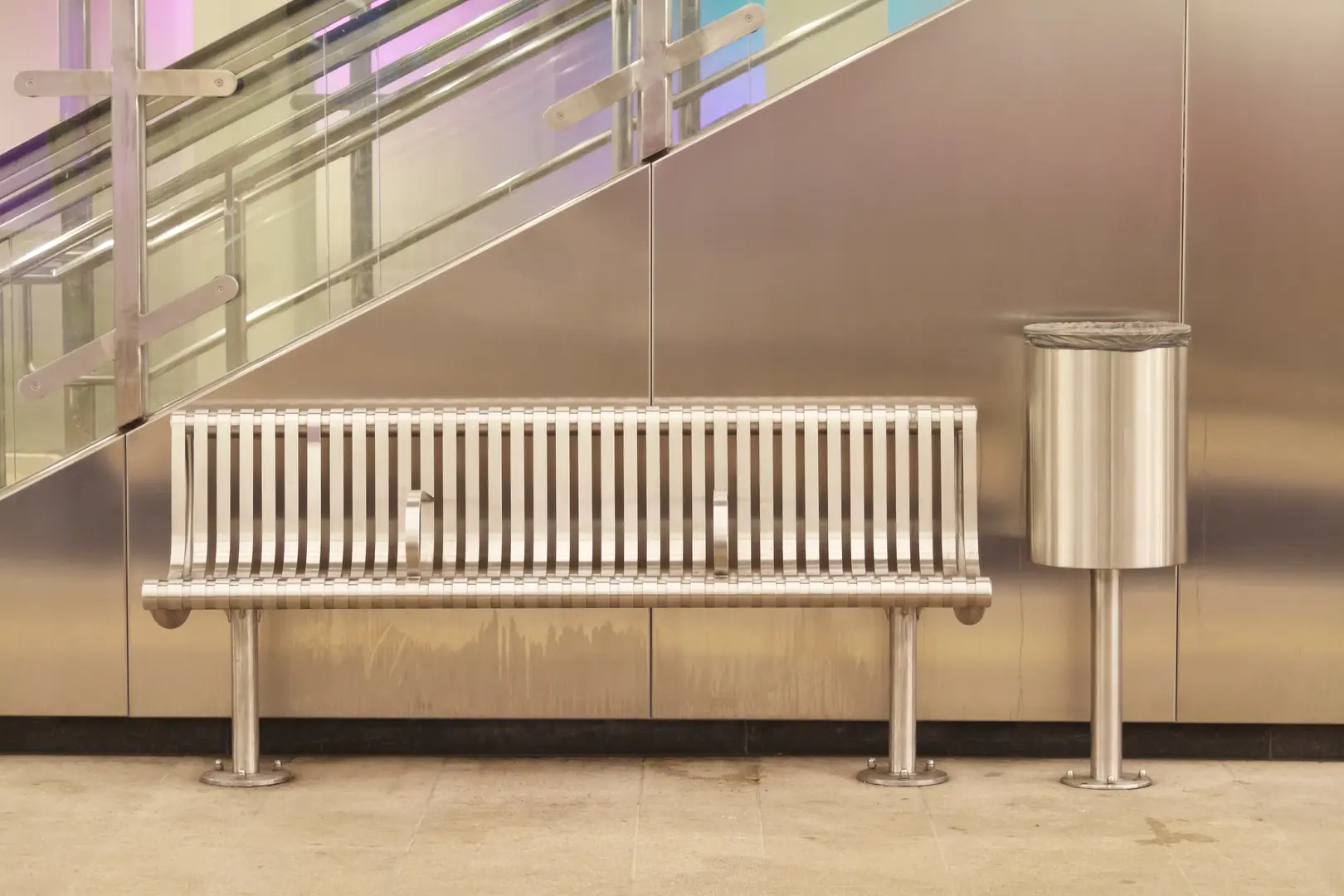
When you're ready to invest in new technology, it's easy to get distracted by impressive specifications like cutting speed or laser power. While those things matter, they don't guarantee efficiency. Based on my experience helping hundreds of companies upgrade their operations, here is the framework I recommend you use to evaluate your next purchase.
- Assess Your Entire Workflow: Don't just look at the machine in isolation. Map out every step from receiving an order to shipping a finished part. Identify your top three biggest time sinks. Is it programming? Material loading? Part sorting? Your new technology must solve your specific, real-world bottlenecks.
- Prioritize User-Centric Design: The best machine in the world is useless if your team can't operate it effectively. Look for intuitive interfaces and systems, like our No-CAD technology, that reduce the skill threshold required for operation. Ask for a demo and see how long it takes for a new user to perform a basic task.
- Demand Material Efficiency as a Feature: Don't accept material waste as a cost of doing business. Ask every vendor to demonstrate exactly how their machine minimizes scrap. Inquire specifically about tailing material waste. A machine with a Zero-Waste design will pay for itself in material savings alone.
- Think Integration and Automation: A standalone machine is an island. A truly smart machine is an integrated part of your factory. Look for solutions with built-in automation for tasks like loading and unloading. This frees up your valuable human operators to focus on higher-level tasks, multiplying their effectiveness.
By focusing on these four areas, you shift your perspective from buying a piece of hardware to investing in a complete, efficient production system.
Sonuç
True efficiency in cutting processes isn't found in raw speed, but in a holistic system that eliminates bottlenecks. By tackling the core challenges of skilled labor, material handling, and waste head-on with user-centric innovations, you can unlock new levels of productivity, reduce costs, and future-proof your operations.
Sorularınız mı var veya daha fazla bilgiye mi ihtiyacınız var?
Kişiselleştirilmiş yardım ve uzman tavsiyesi için bizimle iletişime geçin.


